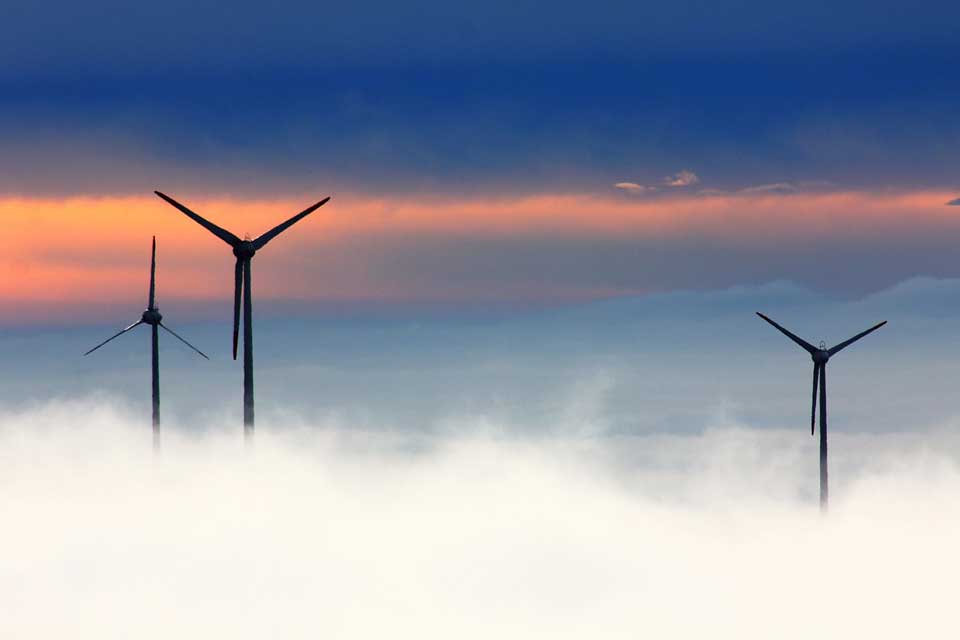Data released by the International Renewable Energy Agency (IRENA) shows that renewable energy continued to grow and gain momentum despite global uncertainties.
By the end of 2021, global renewable generation capacity amounted to 3 064 Gigawatt (GW), increasing the stock of renewable power by 9.1 per cent.
Although hydropower accounted for the largest share of the global total renewable generation capacity with 1 230 GW, IRENA’s Renewable Capacity Statistics 2022 shows that solar and wind continued to dominate new generating capacity. Together, both technologies contributed 88 per cent to the share of all new renewable capacity in 2021. Solar capacity led with 19 per cent increase, followed by wind energy, which increased its generating capacity by 13 per cent.
IRENA Director-General Francesco La Camera, said: “This continued progress is another testament of renewable energy’s resilience. Its strong performance last year represents more opportunities for countries to reap renewables’ multiple socio-economic benefits. However, despite the encouraging global trend, our new World Energy Transitions Outlook shows that the energy transition is far from being fast or widespread enough to avert the dire consequences of climate change.”
“Our current energy crisis also adds to the evidence that the world can no longer rely on fossil fuels to meet its energy demand. Money directed to fossil fuel power plants yields unrewarding results, both for the survival of a nation and the planet. Renewable power should become the norm across the globe. We must mobilise the political will to accelerate the 1.5°C pathway.”
To achieve climate goals, renewables must grow at a faster pace than energy demand. However, many countries have not reached this point yet, despite significantly increasing the use of renewables for electricity generation.
Sixty per cent of the new capacity in 2021 was added in Asia, resulting in a total of 1.46 Terawatt (TW) of renewable capacity by 2021. China was the biggest contributor, adding 121 GW to the continent’s new capacity. Europe and North America—led by the USA—took second and third places respectively, with the former adding 39 GW, and the latter 38 GW. Renewable energycapacity grew by 3.9 per cent in Africa and 3.3 per cent in Central America and the Caribbean. Despite representing steady growth, the pace in both regions is much slower than the global average, indicating the need for stronger international cooperation to optimise electricity markets and drive massive investments in those regions.
Highlights by technology:
- Hydropower: Growth in hydro increased steadily in 2021 with the commissioning of several large projects delayed through 2021.
- Wind energy: Wind expansion continued at a lower rate in 2021 compared to 2020
(+93 GW compared to +111 GW last year).
- Solar energy: With an increase in new capacity in all major world regions in previous years, total global solar capacity has now outgrown wind energy capacity.
- Bioenergy: Net capacity expansion increased in 2021 (+10.3 GW compared to +9.1 GW in 2020).
- Geothermal energy: Geothermal capacity had an exceptional growth in 2021, with 1.6 GW added.
- Off-grid electricity: Off-grid capacity grew by 466 MW in 2021 (+4%) to reach 11.2 GW.
Read the full Renewable Capacity Statistics 2022 including the highlights, here.






